|
December 27, 2022
Superintendent Gary Ingram Cumberland Island National Seashore 101 Wheeler Street St. Marys, Georgia 31558 Submitted via online portal Re: Cumberland Island National Seashore Proposed Visitor Use Management Plan & Environmental Assessment (2022) Dear Superintendent Ingram and the Planning Team: Thank you for the opportunity to comment on the Visitor Use Management Plan for Cumberland Island National Seashore and Wilderness. We are writing to you to share our concerns about the proposed Visitor Use Management Plan (VUMP) for Cumberland Island and its potentially devastating impacts for birds. Georgia Audubon’s mission is to build places where birds and people thrive. We fulfill our mission through education, conservation, and community engagement. With over 2,400 chapter members and more than 5,000 National Audubon Society members across the state, Georgia Audubon represents a broad constituency united by a desire to protect birds and other wildlife. Our constituents include coastal residents, frequent visitors, and concerned citizens who understand the significance of the natural beaches, salt marshes, and maritime forest to the more than 250 species of birds that winter, breed, migrate through, or live year-round on Cumberland Island and surrounding areas. Georgia Audubon is submitting the following comments on behalf of members from across Georgia. Cumberland Island is home to pristine maritime forests, undeveloped beaches, and extensive salt marshes, and supports a rich biodiversity of wildlife and plants. These habitats are crucial to birds because of their natural and pristine state. Cumberland is a hotspot for migratory birds; being Georgia’s southernmost barrier island, it is tremendously important stopover for thousands of birds, like the Blackpoll Warbler, Red Knot, and Peregrine Falcon, where they first make landfall after endless hours of flight or fuel up before their long open water journey back to South America. Cumberland Island is also an important breeding ground in the spring and summer for many species of birds, including the threatened Least Tern and Wilson’s Plover. During the winter, Cumberland provides exceptional wintering grounds for thousands of shorebirds, sparrows, and Bald Eagles. Georgia Audubon is asking the National Park Service to conduct a comprehensive Environmental Impact Statement to gain a full understanding of how both state- and federally-listed species will be impacted by the proposed increased use of Cumberland Island. The assessment in the current plan is incomplete and fails to capture the harms and potential adverse effects to state- and federally-listed bird species. Our specific concerns with the FAA Environmental Impact Statement (EIS) as they relate to avian life are as follows:
Thank you for your consideration, and please do not hesitate to reach out to me by email at Jared.Teutch@georgiaaudubon.org or by phone at 678-973-2437 with any questions or comments. Sincerely, Jared Teutsch Executive Director
0 Comments
Georgia Audubon has been awarded a grant by the Disney Conservation Fund (DCF) to expand Project Safe Flight and Lights Out Georgia to the Georgia coast to help reduce bird collisions in this key region. This is the fourth consecutive grant Georgia Audubon has received from the Disney Conservation Fund to support collision-reduction efforts.
“Georgia Audubon is delighted to again receive support from the Disney Conservation Fund for our Project Safe Flight and Lights Out Georgia programs,” says Adam Betuel, director conservation for Georgia Audubon. “This grant will enable us to expand the collision-related work we have been doing in metro Atlanta area to the Georgia coast to study collisions and implement solutions that will reduce the number of birds killed by building collisions.” Georgia Audubon will use grant monies to expand Project Safe Flight on the Georgia coast. The work will include conducting research on bird collisions and identifying and treating problematic buildings with window film to reduce collisions. A mapping system highlighting important stopover habitat on the coast will also be created, and Georgia Audubon will roll out expanded Light Out Georgia information to encourage coastal residents and commercial properties to reduce or eliminate nocturnal lighting that interferes with bird migration. Georgia's coast is especially important to migratory bird populations in North America due to its unique geography and relatively intact habitat. In the spring, migratory bird species from across the Neotropics rely on the Georgia coast, as it is often their first stop following a transoceanic flight. In the fall, even more birds follow the Georgia coast as they fly south. The barrier islands, maritime forests, and marshlands of the Georgia Bight are vital for migratory bird populations. In addition to the food and shelter that this region provides, many birds use the coast as a guide, choosing to follow its edge in migration rather than setting out over the risky ocean. It is estimated that over 900 million birds migrate over Georgia each year, with a large amount of that occurring along the coast. Understanding how migratory species use this space, what locations are most vital, how to lessen the threats they face, and opportunities to educate and engage the local communities are all incredibly important tasks for this region and things Georgia Audubon will explore as part of this grant work. “Georgia Audubon will collaborate with a number of different organizations to complete the work, including Dr. Kyle Horton at Colorado State University’s AeroEco Lab, the Jekyll Island Authority, and other partners,” says Betuel. “We are interested in exploring the opportunities that exist surrounding light reduction, how we may tie into sea turtle conservation and other light-reduction efforts along the coast, as well as to better understand what our data tell us about protection and management opportunities along our coastline.” Project Safe Flight Georgia is a conservation and engagement effort to understand the issue of bird-building collisions across the state. Project Safe Flight Georgia volunteers patrol selected routes during peak bird migration periods collecting birds that have died or have been injured after colliding with buildings. Since Project Safe Flight Georgia launched in 2015, more than 2,800 birds of 119 different species have been collected. Current research estimates that between 365 million and 1 billion birds perish each year from colliding with buildings in the United States. Bright lights at night can attract and disorient migrating birds, causing them to be drawn to developed spaces, crash into structures, or “trap” them in beams of light leading to exhaustion. Birds also struggle with reflective surfaces during the day as they stop and feed or rest. Shiny glass exteriors and reflections of trees and shrubs close to buildings can all be deadly to birds who are unable to determine reflections from actual flyways or perceive glass as a barrier. To learn more about Georgia Audubon’s collision-related work, please visit www.georgiaaudubon.org/building-collisions. DCF grant recipients are selected based on their efforts to implement comprehensive community wildlife conservation programs, stabilize and increase populations of at-risk animals and engage communities in conservation in critical ecosystems around the world. For information on Disney’s commitment to conserve nature and a complete list of grant recipients, visit www.disney.com/conservation. About Georgia Audubon: Georgia Audubon is building places where birds and people thrive. We create bird-friendly communities through conservation, education, and community engagement. 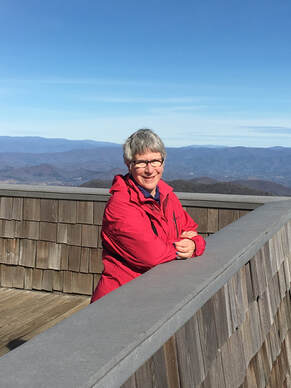 Mary Kimberly at Brasstown Bald. Photo by Dottie Head. Mary Kimberly at Brasstown Bald. Photo by Dottie Head. Georgia Audubon was delighted to present long-time volunteer Mary Kimberly with the 2022 Scottie Johnson Spirit Award at the Holiday Party and Annual Meeting on Sunday, December 4. Mary has been a longtime member and volunteer for Georgia Audubon. She's been involved with monitoring Project Safe Flight routes since the beginning of that program in 2015, waking up pre-dawn to begin her trek looking for birds that have collided with buildings or that she can deliver for rehabilitation. Mary is also a former board member for Atlanta (now Georgia) Audubon. She also previously served as the volunteer field trip coordinator before those duties were taken on by staff. She and her husband, Gavin, continue to lead frequent field trips at Murphy Candler Park and other Atlanta hotspots, and her relationships with field trip leaders were instrumental in helping us organize the very first Bird Fest back in 2016. In addition to her volunteer work with Georgia Audubon, Mary assists other bird conservation-related causes such as volunteering at the bird-banding stations at Jekyll Island and at Panola Mountain State Park. About the Scottie Johnson Spirit Award In 2018, Georgia Audubon lost an incredibly dedicated volunteer and dear friend, Eleanor Scott Johnson. "Scottie", as her family and friends called her, was an avid birder and long-time volunteer for Georgia Audubon. There wasn’t a task that Scottie wasn’t up for, whether that was giving educational presentations, walking a Project Safe Flight route, certifying wildlife sanctuaries, or writing the Ask Chippy column. Scottie always raised her hand to help us out. She was a nurse, a mother, a Master Birder, and a wonderful human being with an amazing spirit. Although we lost Scottie to cancer in 2018, we continue to celebrate her spirit, kindness, and perseverance annually by honoring an outstanding volunteer with the Scottie Johnson Spirit Award. Previous award winners include Anne McCallum (2019), Charles Loeb (2020), and Steve Phenicie (2021). Georgia Audubon commissioned a watercolor painting of a Red-headed Woodpecker by Amanda Woomer, Georgia Audubon Board Member, that will be presented to Mary in recognition of her service to Georgia Audubon. by Dottie Head, Director of Communications
Georgia Audubon announced five new members elected by members to the Board of Directors at their annual meeting on December 4. Jennifer Johnson McEwen, Marlena Reed, Jim Renner, Amy Beth Sparks, and Ayanna Williams were elected for three-year terms, beginning January 1, 2023. In addition, Joshua Gassman, Gus Kaufman, Paige Martin, Jon Philipsborn, and LaTresse Snead were elected to the Board of Directors for a second three-year term. Jennifer Johnson McEwen Jennifer is a lifelong birder, with a passion for everything related to birds. When she’s not out enjoying nature, she is helping lead communications at Emory University. Jennifer’s career spans 25 years as a communicator with experience in broadcast news, agency, media, higher education, healthcare, and nonprofit sectors. Jennifer has spent the last 15 years directing medical and scientific communications, public affairs, and media relations for Emory’s Woodruff Health Sciences Center. Jennifer has a BA from the University of Georgia’s Grady College of Journalism. Marlena Reed is an award-winning marketing communications professional with agency-side and client-side experience. She currently serves as Senior Director of Strategic Communications at the Arthritis Foundation. Marlena has managed public relations, marketing and social media initiatives for organizations in the public, private, and nonprofit sectors. Marlena holds a bachelor of arts degree in communication from Arizona State University. Jim Renner is a geologist and environmental planner with 35 years of experience in natural resource management. He is currently Manager of Environmental Stewardship for the Minerals Operations of Chemours, a leading chemical manufacturer. In this role, Jim is responsible for advancing Chemours’ corporate responsibility commitments within the Georgia and Florida mining operations by engaging with stakeholders, sponsoring independent research on the environmental effects of mining, and supporting partnerships for regionally significant conservation. Jim holds both a BS and an MS in geology from the University of Georgia. As a lifelong animal and nature lover, Amy Beth Sparks has always been passionate about animals and nature. Her interest in sustainability led to her current role as Director of Communications within the Public Affairs, Communications, and Sustainability function at The Coca-Cola Company. In this role, Amy Beth has created communications strategies, crafted messaging, and supported many sustainability projects. In addition to a BA in Literature from Georgia State University, Amy Beth also holds a master’s degree in teaching English to middle- and high-school students. Ayanna Williams is a tested leader in place-based environmentally focused nonprofits. She currently serves as the Director of Community and Environmental Resilience at the National Recreation and Park Association focusing on facilitating conversations between park and recreation professionals and community partners to amplify equitable solutions to address historic environmental injustices. Throughout her career Ayanna has cultivated a broad perspective and deep understanding of environmental resilience through local parks. Ayanna holds a Master of Social Work from the University of Michigan with a concentration in community organizing and social systems. “We are excited to welcome Jennifer, Marlena, Jim, Amy, and Ayanna to the Georgia Audubon Board of Directors,” says Paige Martin, board chair. “These individuals bring a wealth of talents and experiences to the Board that will help Georgia Audubon fulfill its mission of building places where birds and people thrive.” Additional Georgia Audubon board members include Joshua Andrews, Robert Cooper, Marc Goncher, Laurene Hamilton, Mary Anne Lanier, Susie Maclin, Ellen Miller, Scott Porter, Esther Stokes, and Amanda Woomer. For more information on Georgia Audubon or to read the full biographical sketches of our new board members, visit our website. About Georgia Audubon: Georgia Audubon is building places where birds and people thrive. We create bird-friendly communities through conservation, education, and community engagement. By Steve Phenicie
Probably no Pilgrim ever said to a Native American: “Would you like to come over for Thanksgiving dinner? We’re having Hooded Merganser.” The Pilgrims are known to have eaten “waterfowl” at their famous feast, but Hooded Merganser might not have been a top choice. Mergansers are the only ducks that specialize in eating fish, and because of that, their flesh is said to have a fishy taste that many people find unpalatable. But most people are more interested in looking at these handsome birds than eating them anyway. Both sexes have crests that give them a punk-rocker appearance. They have thin, serrated bills, with males having a black head with a large white patch that varies in size when the crest is raised or lowered but is always prominent. The breast is white and the back a rich chestnut. Females and immatures are gray and brown, with tawny-cinnamon tones on the head. For habitat, Hooded Mergansers like shallow ponds, especially those where they can tuck in around the edge and find some cover. They may be in more open marsh habitats if artificial nest sites, such as those offered to Wood Ducks, are available. The nest site is typically in a tree cavity near the water, usually 10 to 50 feet above ground, but rarely up to 80 feet or more. In addition to fish, mergansers like crayfish and other crustaceans, aquatic insects, tadpoles, mollusks, and small amounts of plant material. Young ducklings eat mostly insects. This bird is especially common around the Great Lakes, although it is also widespread elsewhere. Year-round populations occur in two ranges: One extends from Nova Scotia to eastern Oklahoma and northern Louisiana. A second includes parts of southern British Columbia, Washington state, and patches of Oregon and western Montana. The Hooded Merganser is a short-distance migrant, with the majority wintering along the Mississippi Flyway in the south-central U.S. Some places in metro Atlanta you might see them are E.L. Huie and other Clayton County sites such as Lakes Blaylock and Shamrock. Other areas in the state are Harris Neck National Wildlife Refuge, Dooly County Road Farm Pond, Carter's Lake, and Altamaha Wildlife Management Area. Some cool facts about Hooded Mergansers:
|
AuthorBirds Georgia is building places where birds and people thrive. Archives
April 2024
Categories |

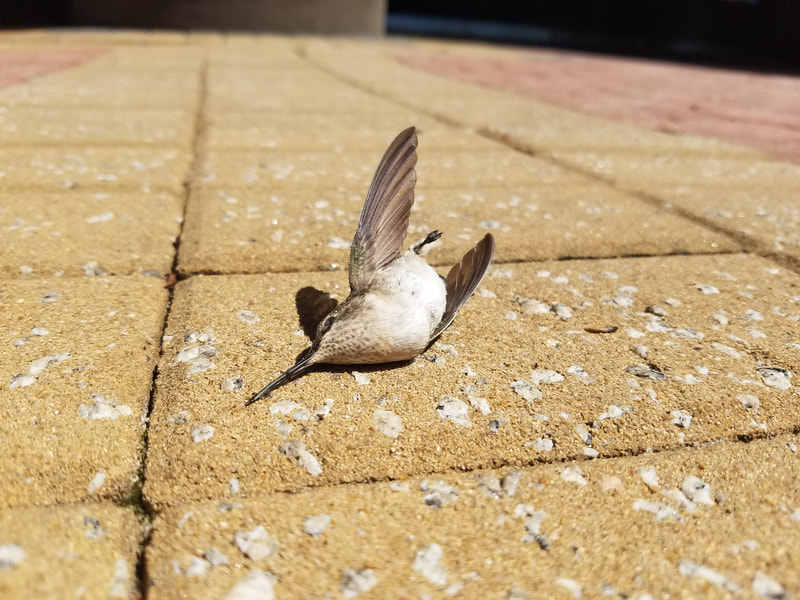
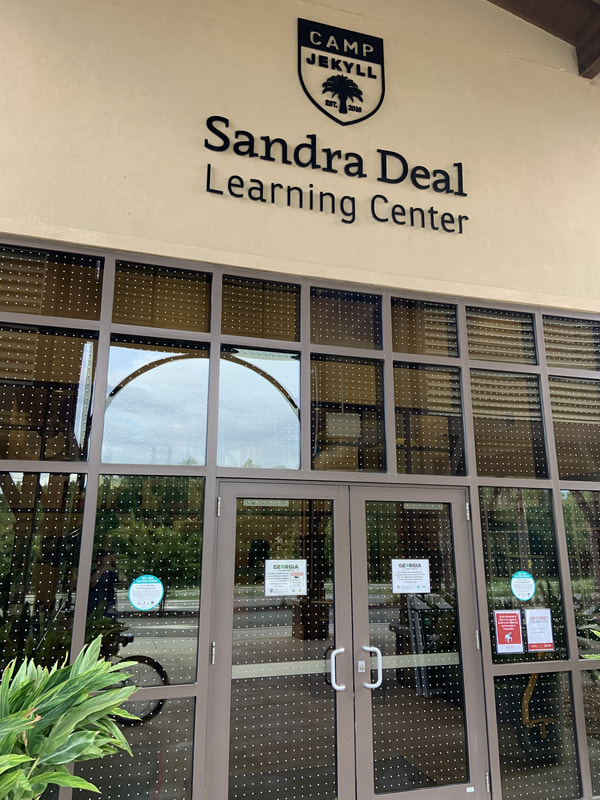
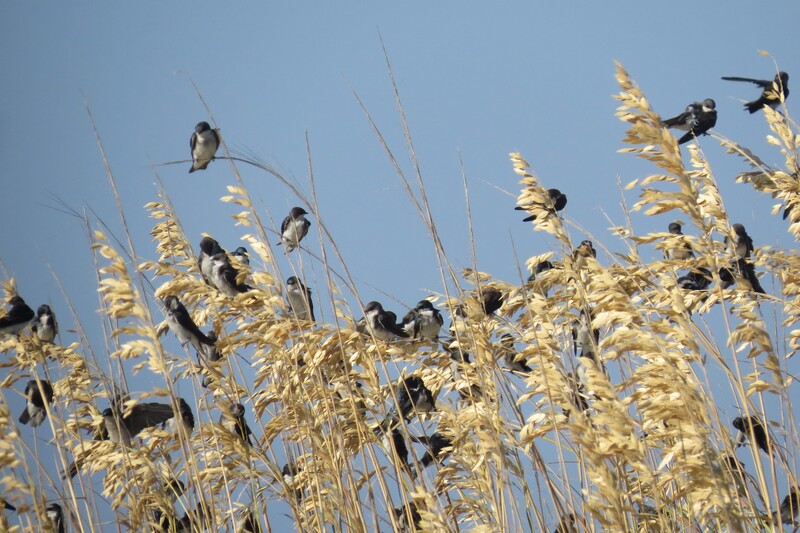
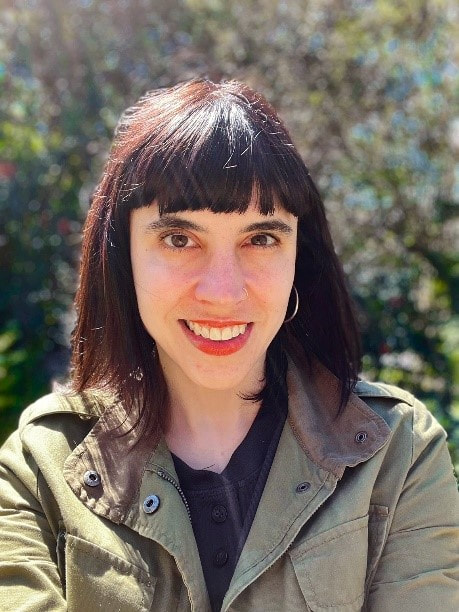



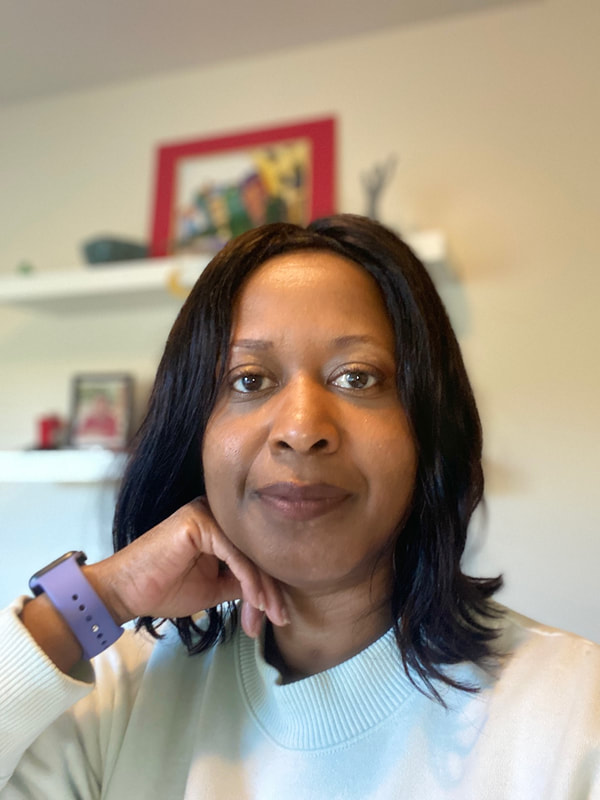
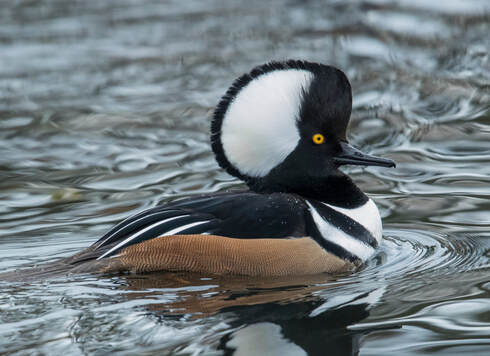
 RSS Feed
RSS Feed
